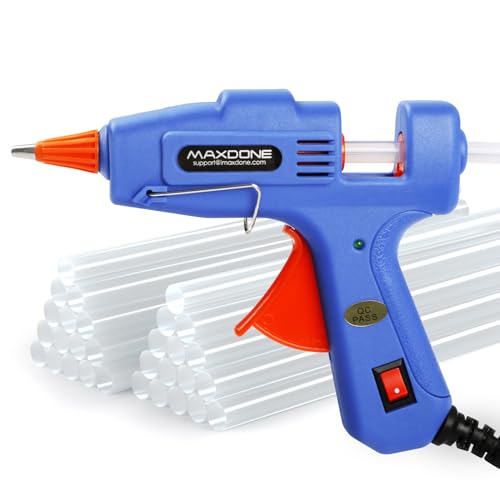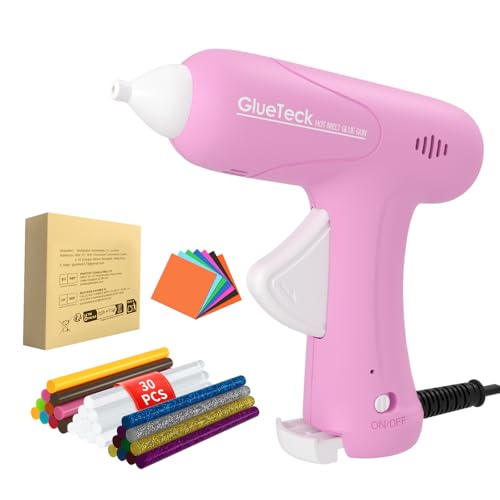Can You Paint Over Hot Glue?
Hot glue is a popular adhesive used in DIY projects, crafting, and home repairs. It’s strong and dries quickly, making it ideal for connecting surfaces like plastics, fabrics, and woods. However, if you’re wondering whether you can paint over hot glue, the answer is not straightforward. While you can paint over some types of hot glue, it may not work with all kinds of paints or surfaces.
Understanding Hot Glue
Hot glue is a thermoplastic adhesive that becomes pliable and sticky when heated and hardens when cooled. It’s made of synthetic polymers, usually in the form of glue sticks that fit into a hot glue gun. The glue gun melts the glue sticks and dispenses the hot liquid onto the surface to be bonded. Hot glue is available in different formulas, including low-temperature, high-temperature, and all-purpose. Each type of hot glue has its own melting point and drying time.
Painting Over Hot Glue
If you plan to paint over hot glue, it’s essential to consider the type of paint and surface you’re using. Some paints, such as acrylics and oil-based paints, may not adhere well to hot glue, especially if the glue is still hot or pliable. In contrast, water-based paints like latex may work better, as they bond well with many surfaces and dry quickly.
Before painting over hot glue, it’s also crucial to ensure that the glue has cooled and hardened completely. If the glue is still hot or tacky, the paint may smear or peel off. You may also need to prepare the surface, especially if you’re painting over a textured or porous material. Sanding, priming, or sealing the surface can help the paint bond better and create a smoother finish.
Tips for Painting Over Hot Glue
If you’re new to painting over hot glue, here are some tips to consider:
- Choose the right paint: Use a water-based paint like latex or acrylic that dries quickly and bonds well.
- Cool and clean the surface: Let the hot glue cool and harden completely, then clean it with a damp cloth to remove any residue or dust. Sanding the surface lightly can also help create a better bond.
- Prime the surface: Applying a coat of primer to the hot glue can create a smooth base for the paint to adhere to.
- Use a fine brush or sponge: A small, soft-bristled brush or sponge can help apply the paint evenly and avoid smearing or dripping. You may need to apply multiple coats, depending on the color and opacity you want.
- Seal the paint: Once the paint has dried, applying a coat of clear sealer can protect the surface and add gloss or matte finish, depending on the type of sealer you use.
When Not to Paint Over Hot Glue
While painting over hot glue is possible, there are cases where it may not be practical or desirable.
- When the hot glue is in a high-stress area: Hot glue may not be strong enough to withstand heavy loads or vibrations. In such cases, it’s better to use a more robust adhesive like epoxy or super glue instead of hot glue.
- When the surface is already painted or sealed: If the surface you want to paint over is already painted, sealed, or coated, it may not bond well with the hot glue or the paint. In such cases, you may need to sand or strip the existing layers before applying a new coat of paint.
- When aesthetics is not important: If you’re using hot glue for temporary or functional purposes, such as sticking cardboard or wiring, you may not need to paint over it at all. Practicality may outweigh aesthetics in such cases.






